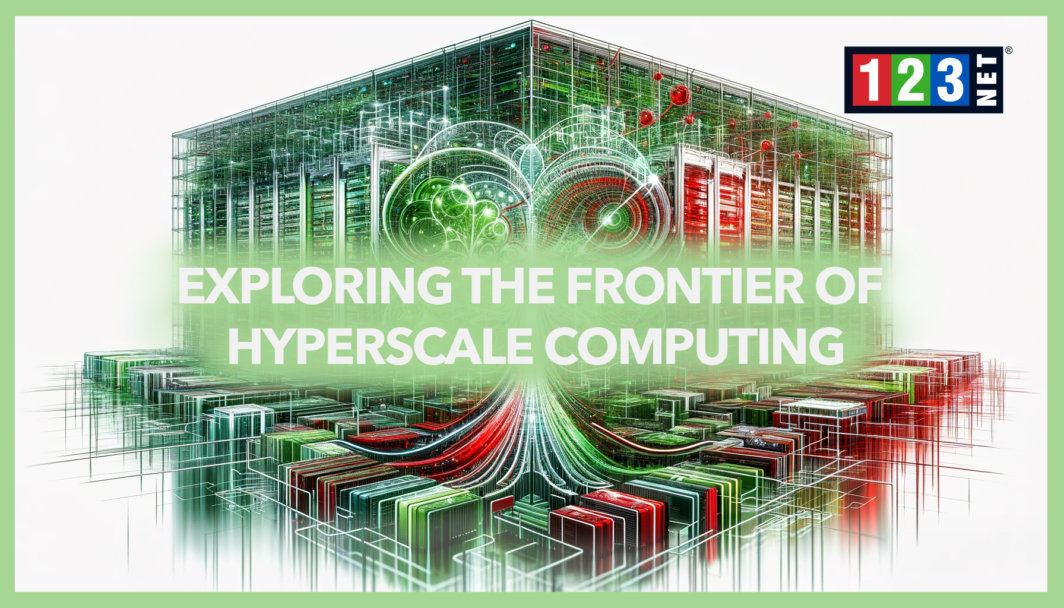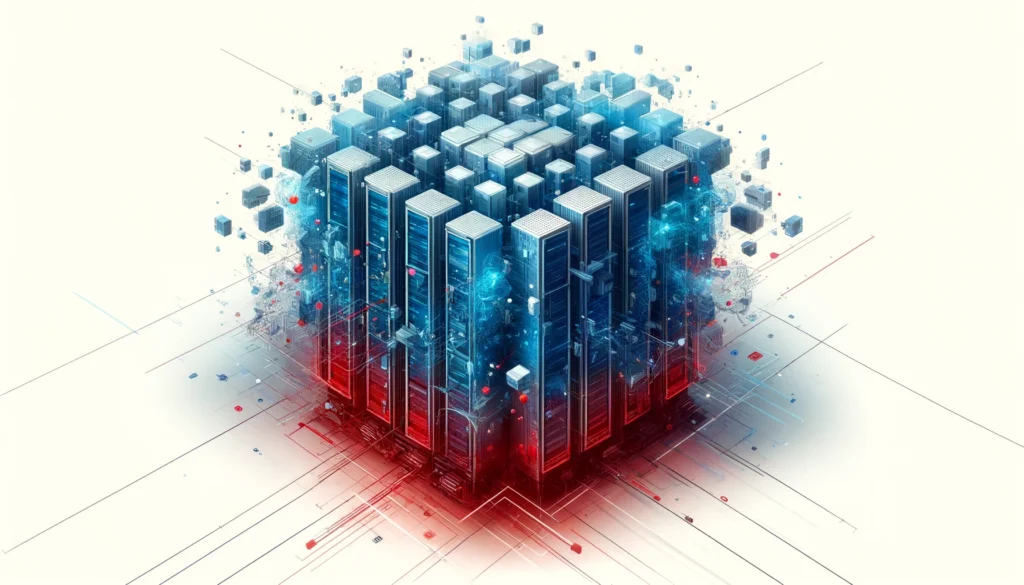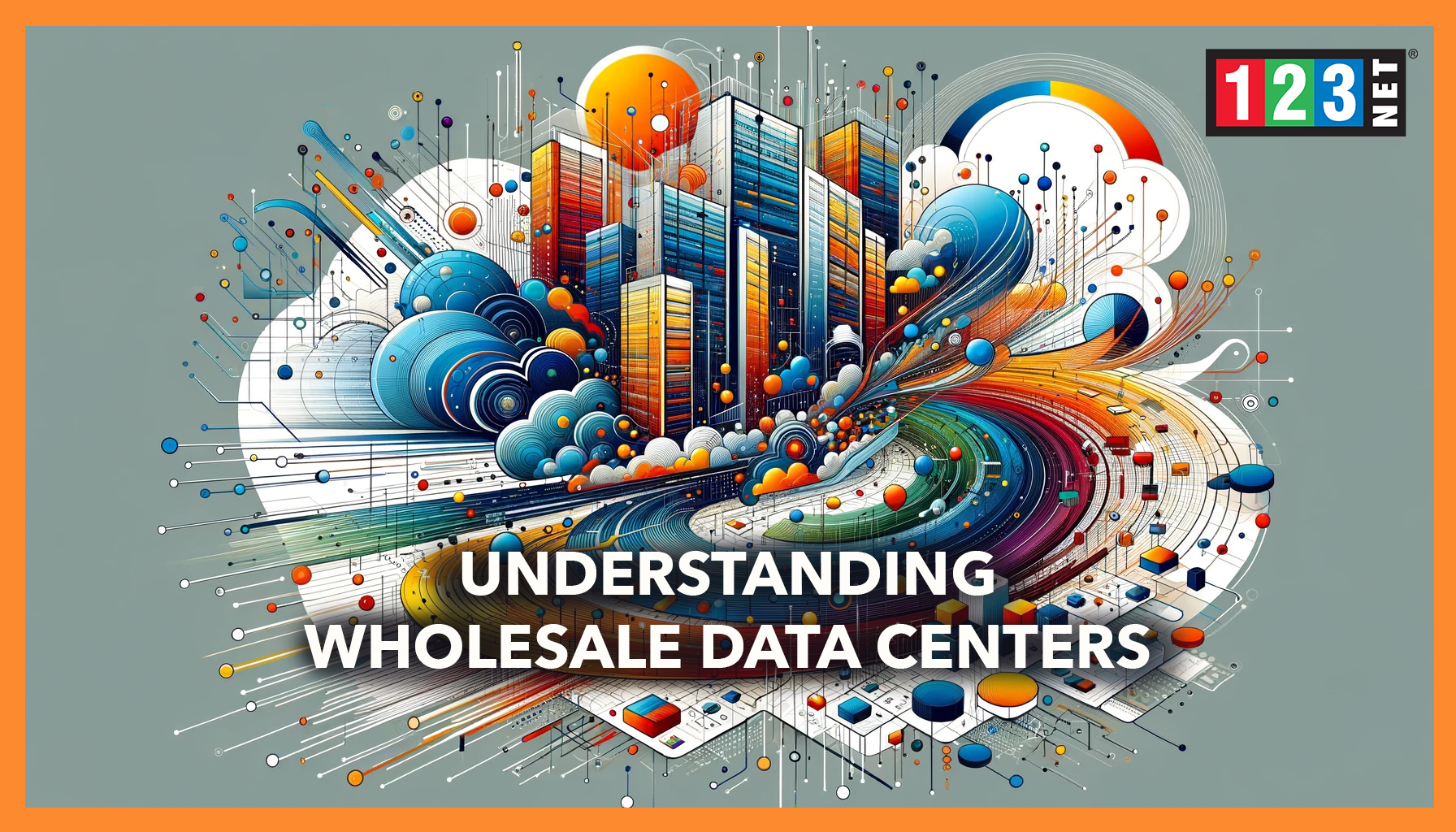
Introduction to Hyperscale Computing
Hyperscale computing represents a paradigm shift in data management and computing power, designed to scale dynamically to handle massive quantities of data and accommodate exponential growth. This model differs fundamentally from traditional computing, which is often limited by fixed capacity and lesser flexibility. Hyperscale systems utilize extensive arrays of servers, which not only manage vast amounts of information but also efficiently increase resources as demand surges. This ability is crucial for supporting the immense processing needs of big data analytics, cloud services, and artificial intelligence (AI) data processing.
In the digital era, the relevance of hyperscale computing cannot be overstated. It forms the backbone of modern digital infrastructure, crucial for delivering the high-speed, high-volume services that consumers and businesses expect today. From streaming services and online marketplaces to advanced research and development projects, hyperscale computing enables functionalities that were unimaginable a few decades ago. Its capacity to seamlessly integrate and manage big data systems and complex AI applications makes it indispensable for organizations aiming to leverage the latest technological advancements to stay competitive.
Evolution and Growth of Hyperscale Data Centers
The evolution from traditional data centers to today’s colossal hyperscale data centers marks a significant milestone in the history of technology. Traditional data centers, once sufficient for earlier computing needs, were designed with a limited scale in mind, focusing primarily on serving specific organizational needs without the flexibility to grow dynamically. In contrast, hyperscale data centers emerged to address the demands of global-scale services, supporting millions of users and zettabytes of data.
This transformation was driven by several key factors. First, the concept of data scalability became critical as businesses and services expanded their digital footprint, necessitating data centers that could increase capacity swiftly and efficiently. Secondly, the advent of cloud architecture revolutionized how data was stored and accessed, promoting a shift towards more decentralized, scalable solutions. Lastly, the increased demand for data center operations was fueled by the exponential growth of data consumption and the need for high-speed processing and storage solutions capable of supporting vast arrays of applications and services.
These hyperscale data centers now serve as the foundational infrastructure for large-scale cloud providers and enterprises, enabling rapid scalability and flexibility that aligns with the fast-evolving digital landscape.
Key Technologies Powering Hyperscale Computing
The Role of Cloud Computing in Hyperscale Environments
Cloud computing is central to the functioning of hyperscale data centers, offering unparalleled flexibility and scalability. These data centers, equipped to handle immense volumes of data. They rely on the cloud to provide on-demand resource provisioning and elasticity. This is essential in today’s digital economy where the ability to scale resources up or down as needed directly impacts business agility and efficiency. The integration of cloud computing allows hyperscale centers to support vast, distributed networks and serve as the backbone for major cloud service providers. It is facilitating everything from enterprise applications to consumer services.
Virtualization and Software-Defined Networking
Virtualization technology is another cornerstone of hyperscale data centers. It is enabling the separation of physical hardware from the software layer, which dramatically increases operational efficiency. By creating multiple virtual machines from a single physical machine, hyperscale data centers can achieve higher utilization rates of their physical servers. It is reducing both costs and physical space requirements. Complementing this, software-defined networking (SDN) plays a critical role by enhancing the manageability and agility of the network. SDN allows network behavior to be centrally controlled through software applications using open APIs. It simplifies and streamlines the provisioning and management of network resources. This is particularly important in hyperscale environments, where managing network traffic and security efficiently across numerous machines is paramount.
AI and Machine Learning in Data Processing
Artificial Intelligence (AI) and Machine Learning (ML) are pivotal in managing the complex systems within hyperscale data centers. These technologies are employed to optimize operations and improve decision-making processes through automation and predictive analytics. AI and ML enable real-time data processing and are essential for tasks such as load balancing, maintenance forecasting, and security surveillance. The use of AI in hyperscale data centers not only enhances operational efficiencies but also helps in handling and analyzing big data more effectively. It is enabling more sophisticated data services.
Challenges Faced by Hyperscale Data Centers
Scalability in Hyperscale Data Centers
Scalability is the hallmark of hyperscale data centers, enabling them to manage exponential growth efficiently. These facilities are designed to scale out rather than scale up. This means adding more machines or resources as needed rather than replacing existing infrastructure with larger units. This modular approach allows for rapid expansion that can keep pace with increasing data demands without downtime or performance degradation. Technical solutions such as automated resource allocation and elastic load balancing are integral to this scalability. They ensure that the infrastructure can dynamically adjust to workload changes, maintaining optimal performance and availability.
Energy and Sustainability Challenges
As hyperscale data centers grow, so does their energy consumption, presenting significant challenges in terms of sustainability and operational costs. These facilities consume vast amounts of electricity, primarily for powering and cooling the massive arrays of servers they house. To address this, data centers are increasingly turning to energy-efficient technologies. This is such as advanced cooling systems, renewable energy sources, and energy-efficient hardware. Furthermore, techniques like virtualization also contribute to reduced energy usage by maximizing the utilization of existing resources. The pursuit of energy efficiency is not just a cost-saving measure but also part of a broader commitment to reducing the carbon footprint of digital operations.
Security in Hyperscale Environments
Security in hyperscale data centers involves unique challenges due to the sheer scale and complexity of the infrastructure. These facilities are prime targets for cyber-attacks because they store vast amounts of sensitive data. To combat this, hyperscale centers employ advanced security solutions that include data encryption, intrusion detection systems, and regular security audits. Moreover, the implementation of AI-driven security protocols helps in anticipating and mitigating potential threats in real-time. The development of tailored hyperscale security solutions ensures robust defense mechanisms are in place to protect against both internal and external threats.
Future Trends in Hyperscale Computing
Predictions for the Next Decade in Hyperscale Computing
The next decade promises transformative changes in hyperscale computing, driven by advancements in technology and evolving market demands. As digital data continues to grow at an unprecedented rate, hyperscale data centers will likely adopt more sophisticated technologies to manage this influx efficiently. We can anticipate significant developments in areas such as energy efficiency, processing power, and data management capabilities.
One key trend will be the integration of quantum computing into hyperscale environments. This emerging technology offers the potential to dramatically increase processing speeds and tackle complex computations that are currently unfeasible for traditional computers. Quantum computing in hyperscale could revolutionize areas such as cryptography, materials science, and complex system modeling, providing hyperscale data centers with unprecedented capabilities.
Innovations on the Horizon
In addition to quantum computing, increased integration of the Internet of Things (IoT) will be crucial in hyperscale computing. As more devices become connected, hyperscale data centers will need to manage and process vast amounts of IoT-generated data. This will likely lead to innovations in real-time data processing and analytics, enhancing the responsiveness and functionality of IoT applications.
Moreover, the continued evolution of AI and machine learning will play a pivotal role in optimizing data center operations and improving the efficiency of resource management. These technologies will be instrumental in making hyperscale data centers more adaptive and smarter, enabling them to anticipate and respond to changes in workload and operational conditions dynamically.
Economic Impact of Hyperscale Computing
Global Economic Impact of Hyperscale Computing
Hyperscale computing has become a cornerstone of the global economy, significantly influencing infrastructure development and the expansion of cloud services. By enabling massive scale data storage and processing, hyperscale data centers support a myriad of industries. From technology and finance to healthcare and entertainment. This infrastructure is crucial for businesses leveraging big data and AI to drive innovation and competitive advantage. Additionally, the proliferation of cloud services facilitated by hyperscale data centers has lowered barriers to entry for startups and small businesses. This is fostering economic growth and innovation globally.
The expansion of hyperscale facilities is also a major driver of infrastructure development. Large-scale investments are often required to build and maintain these data centers. In turn it stimulates local economies through construction projects and long-term energy and maintenance requirements. This contributes to a robust economic cycle that supports not just the tech industry but also ancillary sectors.
Job Creation and Market Dynamics
Hyperscale computing significantly affects job markets, creating numerous high-tech positions. As these data centers grow, they require a range of professionals. From IT specialists and engineers to security and facility management teams. The demand for cloud expertise and cybersecurity proficiency. In particular, has led to a surge in specialized education and training programs. It is aiming to equip the workforce with necessary skills.
Moreover, the dynamics of various markets are shifting due to the capabilities enabled by hyperscale computing. Companies that can effectively utilize hyperscale technologies often gain significant market advantages,. Such as improved customer services and faster time-to-market for new products. This technological shift is creating a divide between enterprises that adopt hyperscale solutions and those that do not. It is reshaping industry landscapes and prompting businesses to innovate continually to remain relevant.





